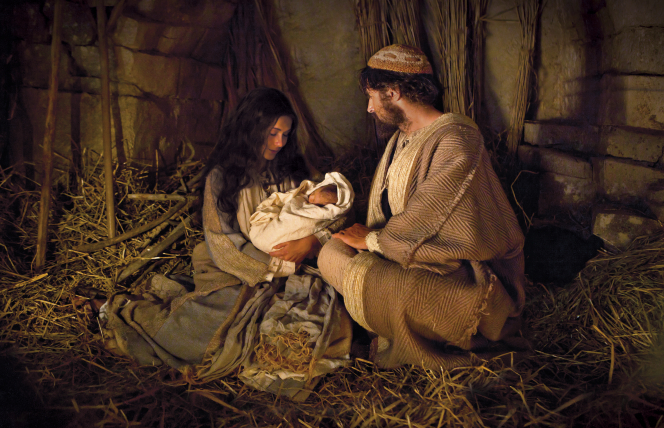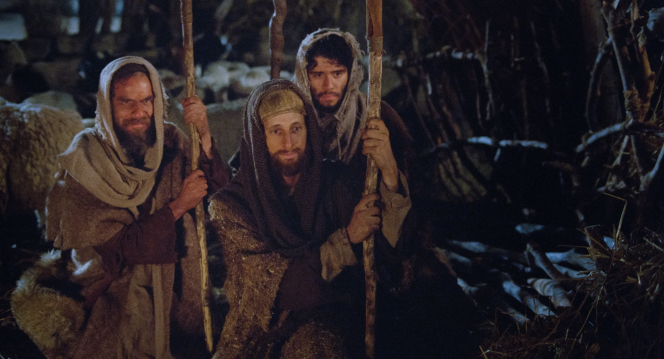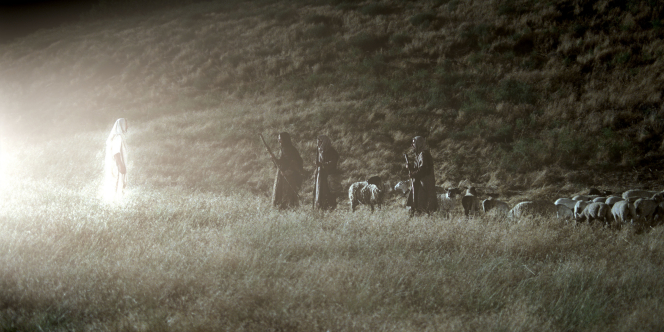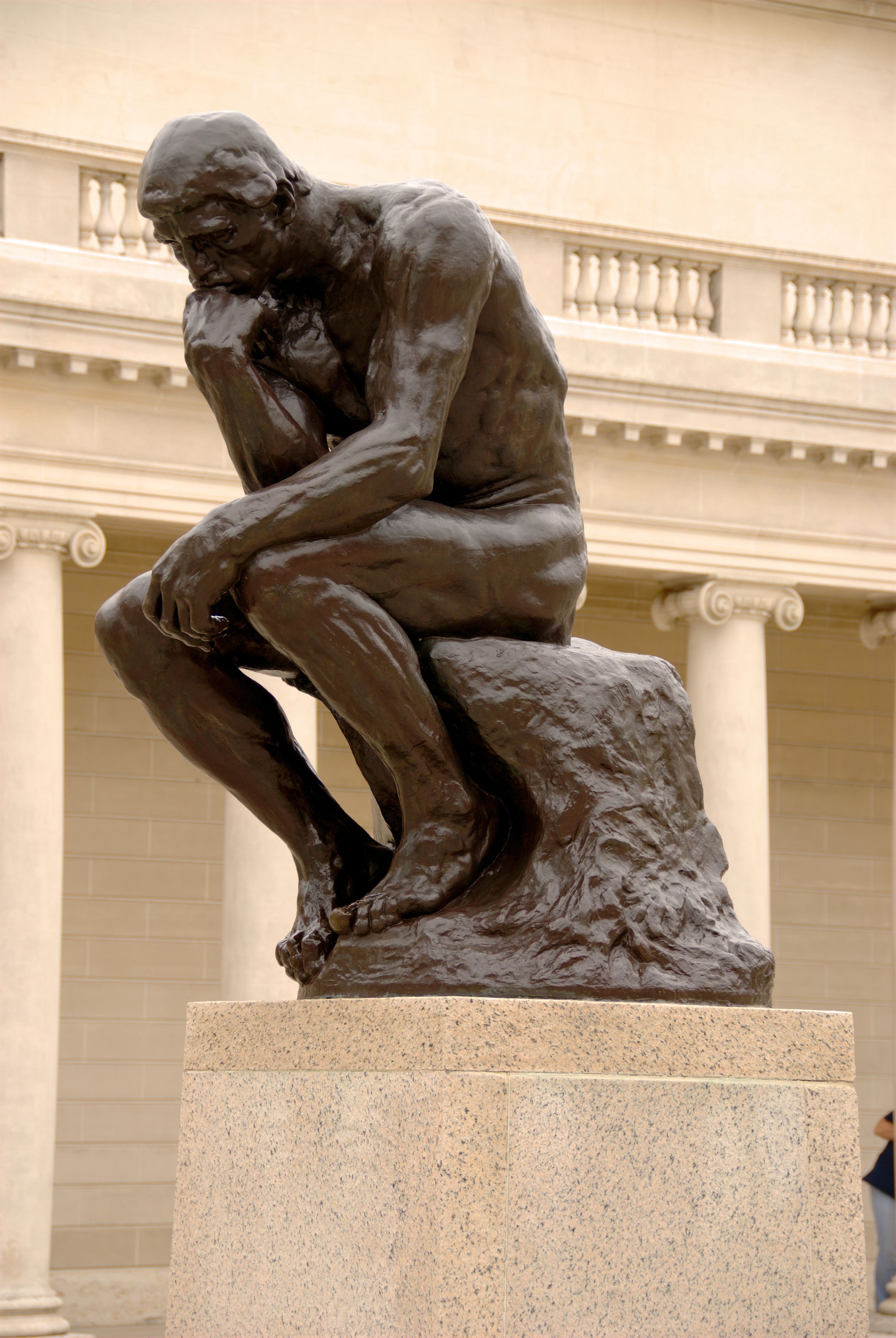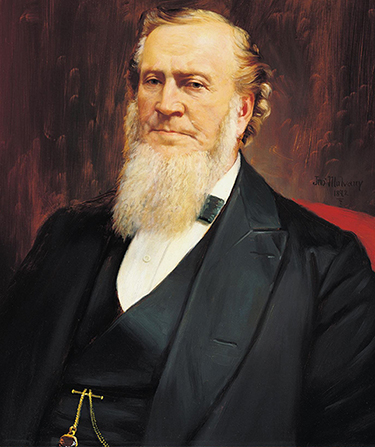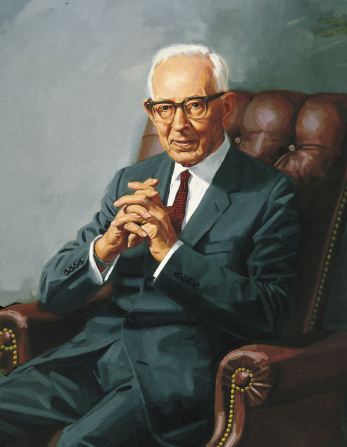When you were in grade school, you likely learned how to write a one page essay. You were probably taught that your first paragraph should present your paper's main idea. You probably learned that one of the sentences in your first paragraph should be your thesis statement, and that it should clearly state your paper's primary arguments. The following three or so paragraphs should give reasons why your thesis statement is true. Finally, your last paragraph should pull the rest of your paper together to convince the reader of your arguments.
Now imagine that you have to start going back to grade school (kind of like what happened in the movie "Seventeen Again".) However, imagine that this time your writing class is very, very different. Envision you are sitting at a desk, pencil in hand, and you are being instructed by your teacher that you are going to spend class today writing a one page essay. You think that this will be easy; you are thinking, "I already know how to write a one page essay! Why do I have to be here again! This is torture!" However, you are about to be surprised. Your teacher is now telling you that you should always start a one-page essay by writing down the main point (or thesis statement) in the center of the page. "Now," she says, "you need to make a list of at least a couple points that support or build upon your main idea. We will call each point in the list you make an 'element'. Once you have a list of elements, you will need to use them in your essay one at a time. For each element, put part of your point just above what you have written so far in the middle of the page and part of your point just below what you have written so far. Once you have used all of the elements, your essay is done." You are extremely confused. You blurt out, "Excuse me teacher, this is not how to write a proper one page essay." With a smile on her face, she calmly replies, "That may not be how people normally write one-page essays nowadays, but what you learned today is how people wrote back in ancient Israel." All you can think is, "I just don't get it! Why would anyone write a paper that way! That is just plain weird!"
Basically, chiasmus is a literary style in which a list of elements (or points) are written down and then repeated in reverse order. This makes it so that you end up with an ABCCBA type pattern. The word 'chiasmus' was derived from the name of the Greek letter '𝞆' (commonly transliterated into English as 'chi'). This is because simple chiasmus can be illustrated with an 'X' (see the example below).
Even though writing from much of the world contains simple, one or two sentence long chiasmus, chiasmus that fill entire blocks of text are unique to ancient Israel (and the surrounding countries).
The Bible, which was written by ancient Israelites, contains extended (long) chiasmus. For example, the following chiasmus is found in the Bible:
| a | There died on the earth | ||||||
| b | all birds, | ||||||
| c | cattle, | ||||||
| d | beasts and creeping things, | ||||||
| e | man; | ||||||
| f | all life | ||||||
| g | died | ||||||
| g | and was destroyed. | ||||||
| f | Every living thing | ||||||
| e | both man, | ||||||
| d | creeping things, | ||||||
| c | cattle, | ||||||
| b | birds, | ||||||
| a | were destroyed from the earth. | ||||||
Notice that the first 'a' matches up with the other 'a', the first 'b' matches up with the other 'b', etc. Some chiasmus are the length of an entire chapter. A few are even longer than that.
So why does this even matter? How will knowing about chiasmus affect your life? There are two fundamental reasons: First, the Book of Mormon is either a book of scripture from God that will bless your life more than any other book and set you on the path towards exaltation, or it is a complete and utter fraud that will set you on the path towards Hell. Either way, it is extremely important to find out if the Book of Mormon is true. Is it a book written by Joseph Smith and/or other early LDS Church leaders, or is it exactly what it claims to be: a book of scripture written by prophets of a group of ancient Israelites who were led by God out of Jerusalem and to the Americas? A good test of this is whether or not there is intentional chiasmus in the Book of Mormon.
At the time the Book of Mormon was published, almost nobody in America knew about chiasmus. After extensive research, scholars have concluded that, at the time, there was only one book in the U.S. that even mentioned chiasmus. (See footnote 1.) Moreover, the section on chiasmus was only a short excerpt in the middle of this long book. To further complicate things, this book was kept in Philadelphia, Pennsylvania while Joseph Smith lived in Palmyra, New York. Remember, cars and airplanes didn't exist as a mode of transportation back then. It is EXTREMELY unlikely that Joseph Smith (or any of the other early Church leaders) could have known about chiasmus before the Book of Mormon's publication.
Thus, if the Book of Mormon contains intentional chiasmus, then the Book of Mormon is not a fraud. Rather, it is the word of God! It is a book that will change your life if you apply yourself to a daily study of its pages and ask God in earnest prayer each day what He wants you to learn from it.
There is a second reason why knowing about chiasmus matters. The center of a chiasmus is called the 'chiastic turning point'. The chiastic turning point is usually the main idea that the author is trying to convey. It is comparable to a thesis statement. All of the other elements are meant to build upon and explain the chiastic turning point. So, if you know that a section in the Book of Mormon or Bible is a chiasmus, you can first look and see what the main idea that the author was trying to convey is by looking at the chiastic turning point. Then, you can see how the other elements are meant to build upon and explain the chiastic turning point. This will allow you to understand the passage of scripture better, and it will allow you to gain new spiritual insights. It has definitely done that for me.
Let me show you an example. Alma 36 is an entire chapter long chiasmus. In Alma 36, Alma the younger is telling his son Helaman about his conversion story before he gives Helaman the Nephite records. For the first half of the chapter, Alma tells all about his wickedness and the negative consequences that came from his actions before his conversion. In the second half of the chapter, Alma tells all about his righteousness and the blessings that followed after his conversion. The chiastic turning point is the point at which he was converted. If you look, you will see that it was when he remembered the words of his father about Jesus Christ, the Son of God, and cried unto Christ for mercy that he was converted. At the moment that he yielded his heart unto Christ, everything turned from bad to good. There are profound lessons to be learned from this. I know of no passage of scripture that provides a stronger testimony of Christ's saving grace than this beautiful chiasmus does.
| a | My son, give ear to my words (Alma 36:1) | ||||||||||||
| b | Keep the commandments [and] ye shall prosper in the land (Alma 36:1) | ||||||||||||
| c | Captivity of our fathers—bondage (Alma 36:2) | ||||||||||||
| d | Surely God did deliver them (Alma 36:2) | ||||||||||||
| e | Trust in God (Alma 36:3) | ||||||||||||
| f | Support in trials, trouble, and afflictions (Alma 36:3) | ||||||||||||
| g | I know this not of myself but of God (Alma 36:4) | ||||||||||||
| h | Born of God (Alma 36:5) | ||||||||||||
| i | Seek no more to destroy the church of God (Alma 36:9) | ||||||||||||
| j | Fell to the earth (Alma 36:10) | ||||||||||||
| k | Limbs paralyzed (Alma 36:10) | ||||||||||||
| l | The agony of conversion (Alma 36:11–16) destroyed, torment, harrowed up, racked, the pains of hell, inexpressible horror, banished and extinct, the pains of a damned soul | ||||||||||||
| m | I remember … the coming of one Jesus Christ, a Son of God, to atone for the sins of the world | ||||||||||||
| m | I cried within my heart: O Jesus, thou Son of God, have mercy on me (Alma 36:17–18) | ||||||||||||
| l | The joy of conversion (Alma 36:19–22) no more pain, what joy, marvelous light, exquisite, nothing as sweet, singing and praising God, longing to be with God | ||||||||||||
| k | Limbs received their strength again (Alma 36:23) | ||||||||||||
| j | Stood upon my feet (Alma 36:23) | ||||||||||||
| i | Labored without ceasing to bring souls unto repentance (Alma 36:24) | ||||||||||||
| h | Many have been born of God (Alma 36:26) | ||||||||||||
| g | Knowledge is of God (Alma 36:26) | ||||||||||||
| f | Supported under trials and troubles, yea afflictions (Alma 36:27) | ||||||||||||
| e | Trust in him (Alma 36:27) | ||||||||||||
| d | He will still deliver me (Alma 36:27) | ||||||||||||
| c | Egypt—captivity (Alma 36:28–29) | ||||||||||||
| b | Keep the commandments and ye shall prosper in the land (Alma 36:30) | ||||||||||||
| a | This according to his word (Alma 36:30) | ||||||||||||
And now we get to math. Some people have claimed in the past that the chiasmus in the Book of Mormon occurred by chance and were not intentional. This was an important question to settle, for the authenticity of the Book of Mormon was at stake. Two physics professors at Utah State University, named Boyd and Farrell Edwards, made a statistics program that was capable of calculating a rigorous lower bound on the statistical likelihood that the chiasmus in the Book of Mormon were intentional. For Alma 36, they found that there is less than a one in 150,000 chance that the chiastic structure could have occurred accidentally. In science, if something is shown to have greater than a 95% chance of being the case, it is assumed to be true until evidence comes along that suggests otherwise. For Alma 36, we can be more than 99.999% sure that it was an intentional chiasmus. So, it is almost indisputable that it was intentional. There are many other strong chiasmus in the Book of Mormon.
Thanks to math, it has been confirmed that the Book of Mormon is exactly what it claims to be: It is the word of God! It is a book of Divine revelation! We should heed its every word! We should value its teachings over the teachings of man! However, even though the math tells a clear story, we should not stop there in gaining a testimony of the Book of Mormon. I invite you to read the Book of Mormon, ponder in your heart the message it contains, and pray to Heavenly Father in the name of Jesus Christ to ask Him if the Book of Mormon is the word of God. If you do so, the Holy Spirit will confirm its truthfulness to your heart. Numbers on a page can change your beliefs. However, a conversion by the power of the Holy Ghost is far more likely to change your actions and character. Together, learning by study and learning by faith can provide an unshakable testimony of the truth that will not be affected by the very jaws of Hell.
I invite you to ponder and pray about who you can share this message with. Then, follow through on the inspiration you receive. Every person around you is a child of our Loving Father in Heaven. He or she has Divine potential inside of him or her. By sharing this glorious message of truth with him or her, you are providing an opportunity for him or her to latch ahold of that potential and bloom into that beautiful son or daughter of God he or she is capable of becoming. I testify of this message in the name of Jesus Christ. Amen.
Footnote 1: In case you are wondering, the only book in the U.S. that mentioned chiasmus at the time the Book of Mormon was published was "Introduction to the Critical Study and Knowledge of the Holy Scriptures" by Thomas Hartwell Horne. It was first published in 1825.




